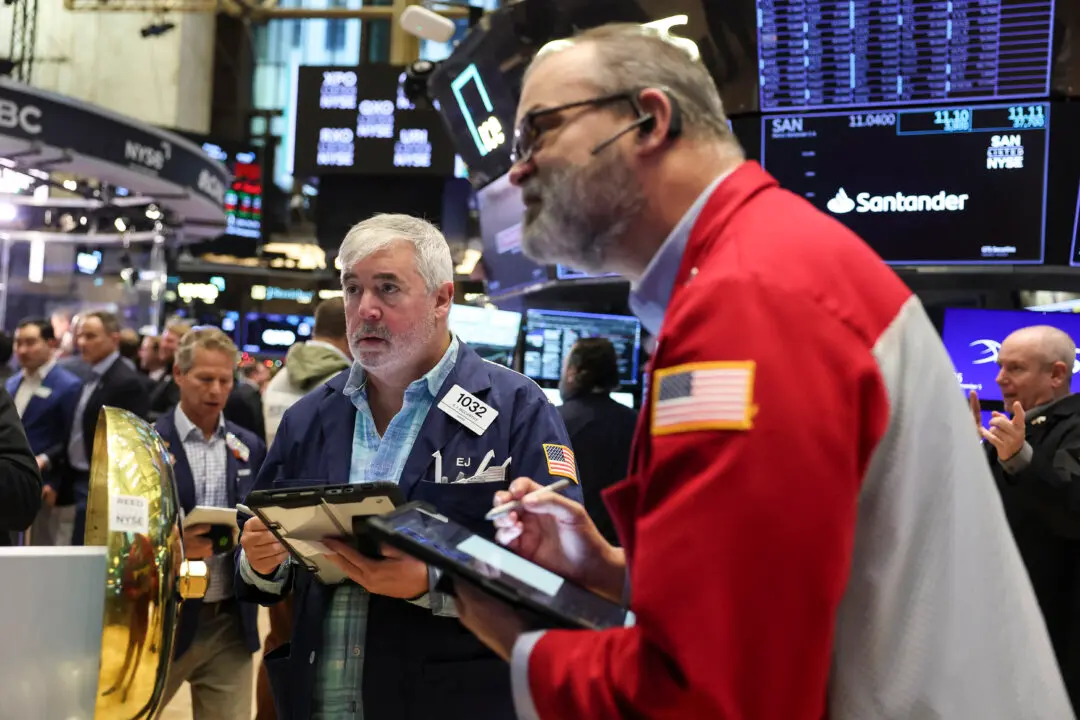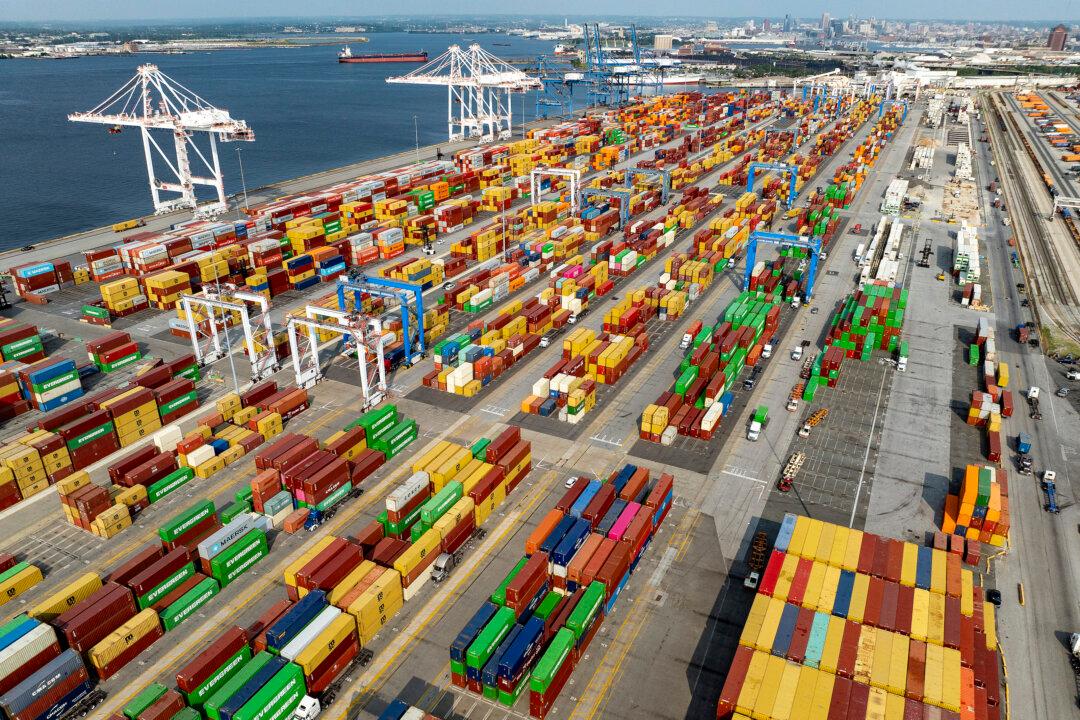Commentary
The U.S. economy recovered at a 6.5 percent annualized rate in the second quarter of 2021, and gross domestic product (GDP) is now above the pre-pandemic level. This should be viewed as good news—until we put it in the context of the largest fiscal and monetary stimulus in recent history.





